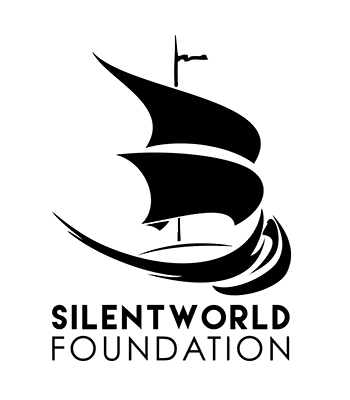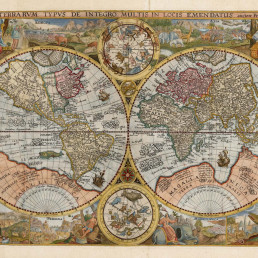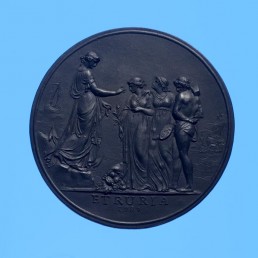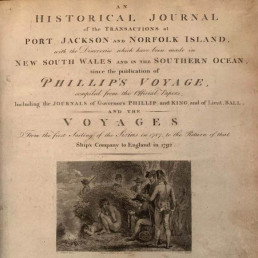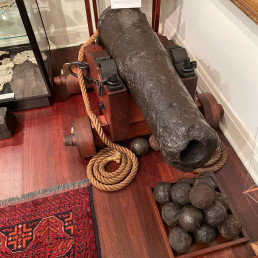
Name/TitlePortrait of Lord Viscount Sydney
About this objectAs he portrayed virtually all the notable men and women of the Federal period in the United States, Gilbert Stuart was declared the ‘Father of American Portraiture’ by his contemporaries. Born in Rhode Island, the artist trained and worked in London and Dublin from 1775 to 1793. He then returned to America with the specific intention of painting President Washington’s portrait. (National Gallery of Art, USA).
Viscount Sydney, a strong supporter of Young and Matra in their plans for the colonisation of the east coast of Australia, was Secretary for the Home Department when the decision was finally made to colonise New South Wales, and he was the first to announce (in August 1786) George III’s decision to send out the First Fleet. When Phillip finally decided to establish the settlement at Port Jackson, rather than Botany Bay, he paid the Home Secretary the compliment of naming Sydney after him.
MakerJohn Young - Engraver
Maker RoleEngraver
MakerGilbert Stewart - Artist
Maker RoleArtist
Editionc1790
Date Made1785
Period18th century
Medium and MaterialsMezzotint. Paper and ink.
Place MadeLondon, United Kingdom
Measurements440mm x 310mm
Object TypeEuropean Portraits
Object numberSF000748
Copyright Licence![]() Attribution - Non-commercial - No Derivatives (cc)
Attribution - Non-commercial - No Derivatives (cc)
Explore by category
Maps and Charts
Date range: 1541-1836
Ship Models
Date range: 1629-1890
Maritime Paintings
Date range: 1793-1849
Manuscripts and Ephemera
Date range: 1768-c1850
Medallions & Convict Tokens
Date range: 1619-1880
Landscapes
Date range: 1768-c1850
Books
Date range: 1694-c1850
Currency and Shares
Date range: 1624-1823
Printed Material
Date range: 1541-1836
Maritime Archaeology
Date range: 1629-1854
Curator's corner
New acquisitions, staff favourites and curios
The mug is decorated with an underglaze and a blue transfer print. On the body, it is titled ‘Emigrants to Australia’. This type of body and glaze was discontinued by 1840. Comparison of the handle shape and the profile of the foot, point to the attribution of manufacture by the Davenport Factory.
Delta was a ship-rigged vessel with two decks and three masts. It was built in Dordrecht, Netherlands in 1839 at the shipyard of Jan Schouten and registered in the same port. Its hull was constructed of oak and sheathed in ‘yellow metal’. Delta was owned by H. van der Sande at the time of its loss and was engaged as a cargo trader.
The Delta carried 29 crew and passengers, while sailing from Melbourne to Batavia in ballast when wrecked at Kenn Reefs on 30 May 1854 whilst under the command of Captain J.G. Kunst. This vessel loss supports the pattern of shipwrecks located on a well-travelled shipping route that was poorly charted until the mid-nineteenth century. The crew of the Delta could see four other shipwrecks at Kenn Reefs at the time of their vessel’s loss.
Important image of a ship associated with Matthew Flinders, that would shortly become one of the most famous early shipwrecks in eastern Australian waters. This is a fine ship’s portrait, by one of the great exponents of the art
